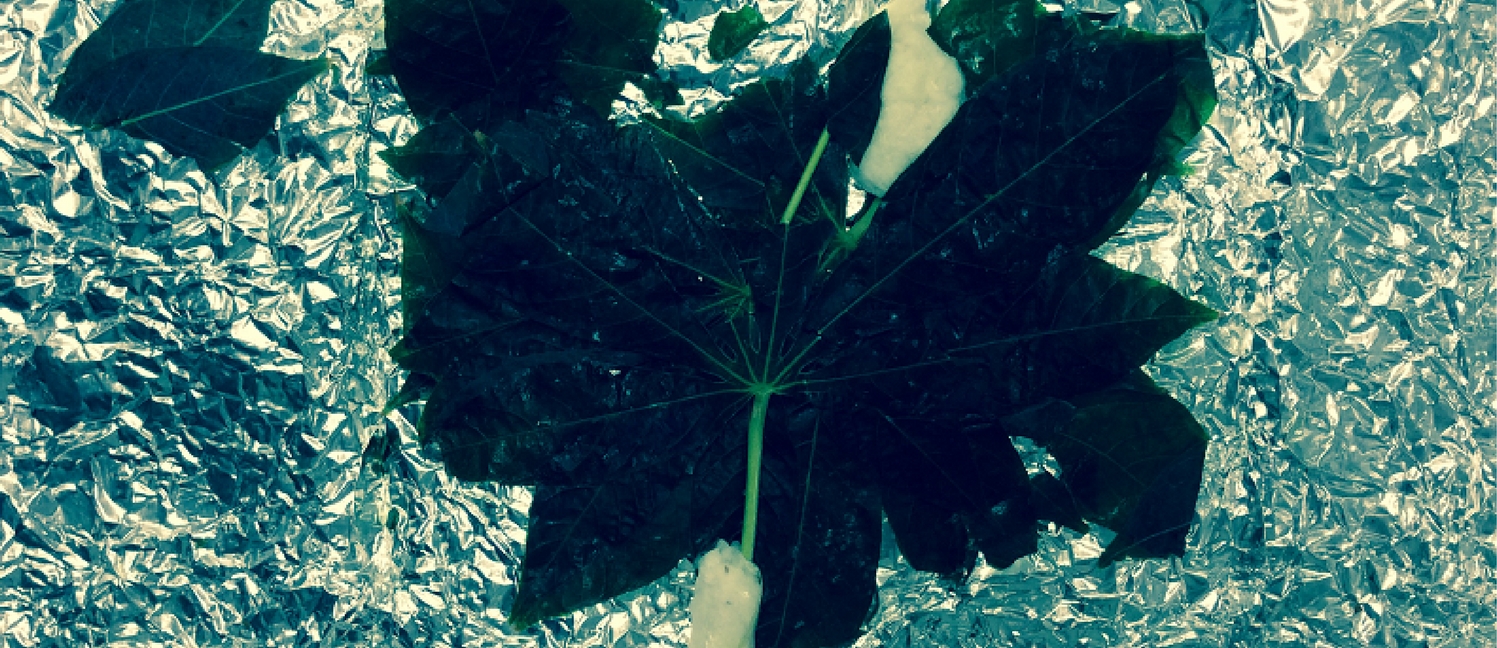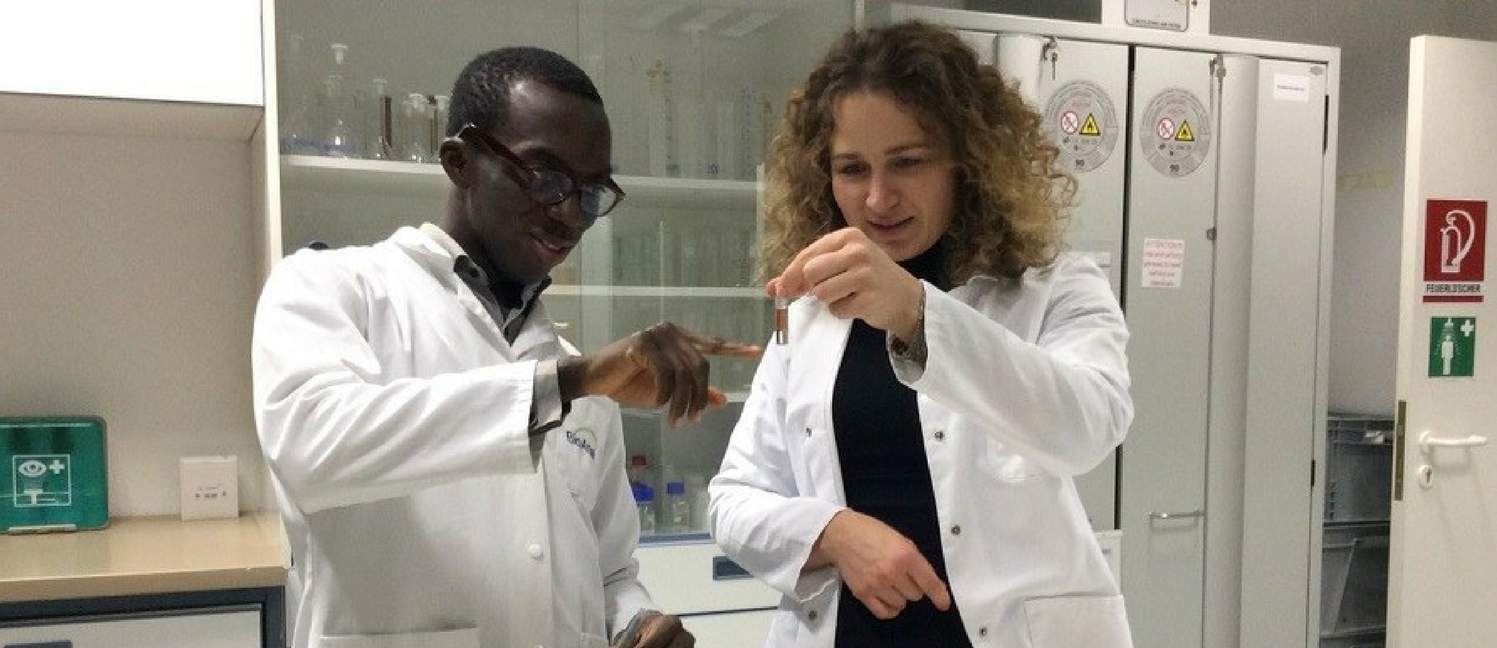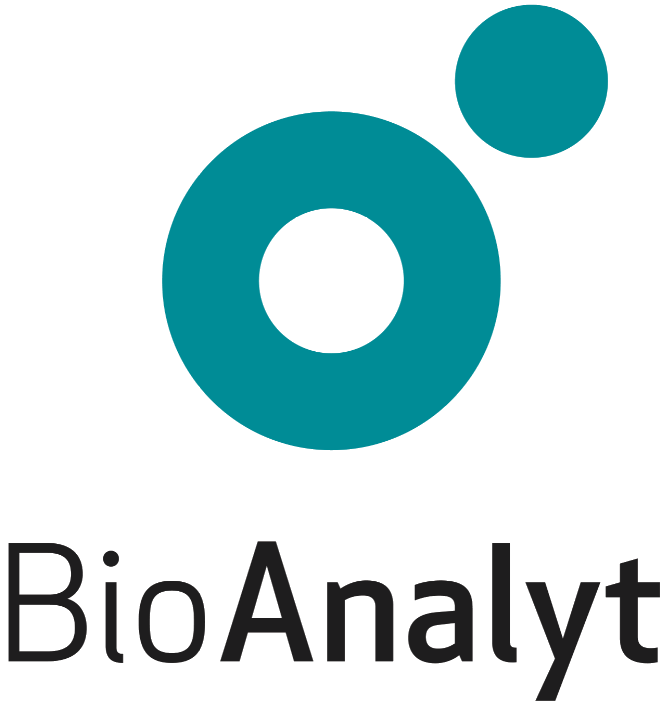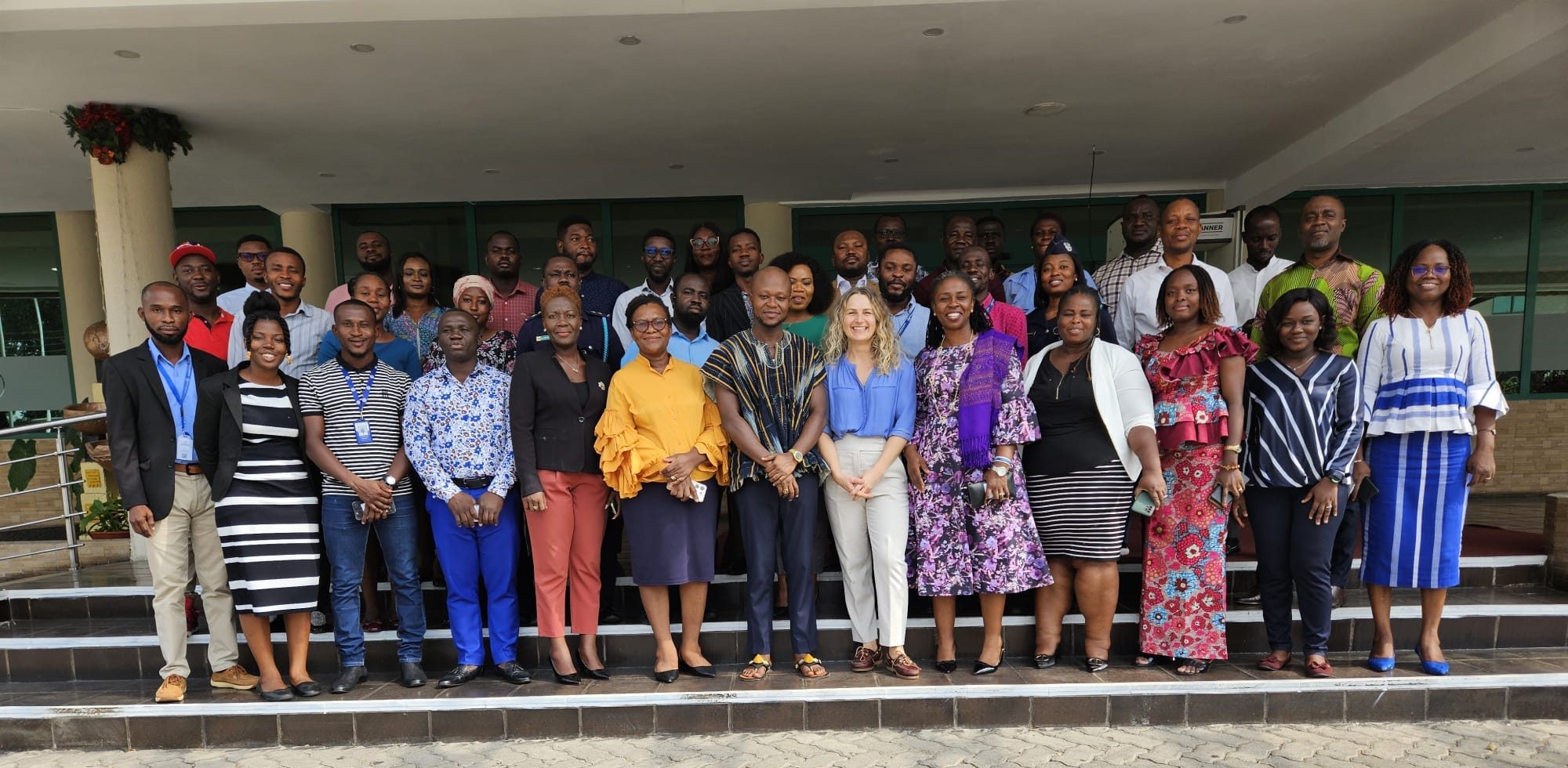By Holly McKee, published on 1st April 2016

Frozen cassava leaves used for analysis
The International Institute of Tropical Agriculture (IITA), the University of Potsdam and the University of Ghana, Legon, with support from GIZ are collaborating on a project to scale the impact of cassava biofortification in Cameroon and Ghana.
Cassava, a woody shrub with an edible root harvested in tropical and subtropical areas, is a major staple food across Africa. In Ghana, the roots are used for a popular dish called gari, whereas the leaves are added to soups and sauces.
In partnership with IITA, BioAnalyt has developed rapid methods for the determination of beta-carotene in fresh cassava. This project aims to further develop protocols to not only determine beta-carotene in fresh cassava root, but also processed cassava as well as zinc and iron in cassava leaves. In the scope of this project, BioAnalyt is contributing training and equipment for the testing of micronutrients as well as technical advisory, protocol development and reference materials. The methods developed will benefit researchers working on the bio-fortification of cassava – the tools will enable a faster detection of beta-carotene and thus selection pro-vitamin A rich breeds. Beta-carotene is a sensitive compound and partially degraded during the processing of the cassava root that takes place in order to make gari or other products. Testing the final product will allow for the assessment of how much of the micronutrients actually reach the consumer.
Cassava leaves are also a rich source of beta-carotene and minerals such as iron and zinc. The traditional methodology to measure minerals in leaves is labor and cost intensive, requiring specialized laboratory equipment. Developing a field-friendly method will facilitate research and breeding of more nutritious varieties. Local smallholder farmers, farmer’s organizations and NGO’s will all benefit from access to improved, high-yield and pro-vitamin A rich cassava breeds.

Anthony Acquatey-Mensah and Dr. Anna Zhenchuk investigating the recovery of Fe using different sample treatment methods
The scope of the project goes beyond method development to also improving local capacity and encouraging international exchange. For the kick-off in May 2015, a workshop was held at the University of Ghana, Legon to train the current analytical methods. Two students from the University of Ghana, Legon and University of Potsdam, Germany will engage on an academic exchange.
Anthony Acquatey-Mensah, a master student of food science at the University of Ghana, Legon, spent 2 months with the University of Potsdam, and BioAnalyt in Germany. His time was spent on intense experimental work with cassava roots, leaves and products. He performed tests for iron and zinc using ICP-MS with various ashing techniques and the test kits iCheck Iron and iCheck Zinc. For beta-carotene, the reference method HPLC was used with various sample preparation techniques and compared to iCheck Carotene.
The project is planned to be completed this year, with a second workshop in Cameroon to disseminate the findings and train new protocols. Stay tuned for the project progress and an interview with Anthony on his passion for research, spending too much time in the lab and, believe it or not, poetry.


